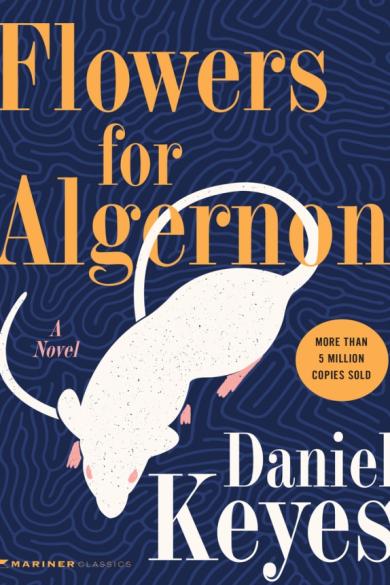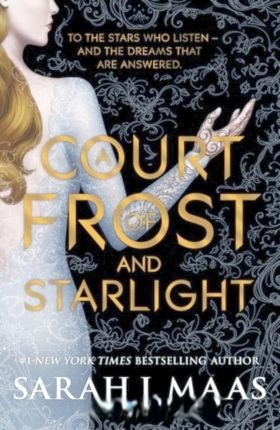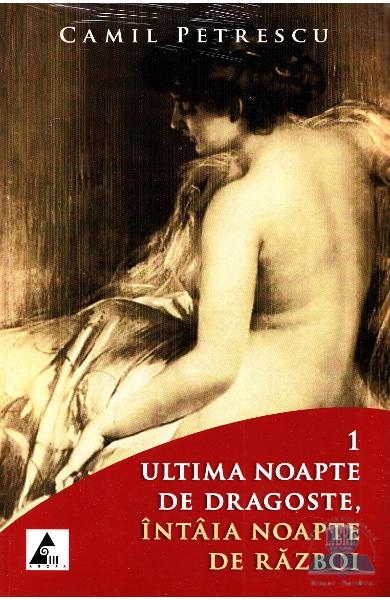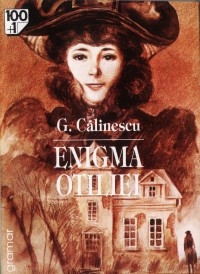Autor Jonathan Clements
Categorie Dezvoltare personală
Subcategorie Limba Engleză
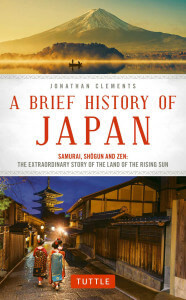
The first time I arrived in Japan, I was more prepared than most newcomers. I had been studying in Taiwan, and could already understand all the signs on the street, even if I could not necessarily pronounce them. Quite by accident, I was arriving not in the Tōkyō region, but in Japan’s ancient heartland of Kyōto, which would soon bewitch me with its history and culture. I was there to study premodern Japanese foreign relations and Japanese literature. I shopped like it was going out of fashion, shipping home box after box of books and CDs, VHS cassettes and shōgi boards. I had been studying Japanese for several months, and was sure that one day it would all fall into place.
Twenty-five years and three degrees later, I still felt very much like a beginner. On my most recent trip to Japan, I was old enough to be the father of the student I once was. I hardly bought a thing, knowing that online stores would ship anything I wanted to my homeland at the touch of a button. Instead, I poked around obscure museums in search of locally published histories and unchronicled folklore. I trudged across ancient battlefields to understand the meaning of old war poems. I watched my son as he played, alone, in a well-appointed, impeccably clean playground. I counted the secondhand stores that had sprung up in Kyōto’s Teramachi shopping district, and marveled that it was easier to buy diapers for adults than for children.
I dropped in on friends in Nagoya whose young son was taking part in a dragondance—although there were so few children in the neighborhood that their dragon looked more like a crocodile. I was now an author, the biographer of several figures in Japanese history—Prince Saionji and Admiral Tōgō, the teenage rebel Amakusa Shirō and the pirate king Coxinga. My speciality had always been the snatching of weird and wonderful stories, and their popularization for a general audience. What could be more weird and wonderful than the story of an entire nation, from its mythical beginnings to its near future? The toughest decision facing the author of a book like this is what to leave out.
Tim Hannigan’s trail-blazing A Brief History of Indonesia has set the tone and attitude for this series, and I have followed his template as closely as possible. Like him, I must face the impossibility of a story that spans millions of years, with a cast of thousands, somehow hitting the high points without dumbing down or talking up. Many before me have tried to tell the story of Japan in such a manner. Many have been defeated by the discipline of history itself—the ready temptation to cavil and kvetch about any definitive statement. How feudal was the feudal period? How closed was the Sakoku era? Whom to mention? Whom to discard? Which of the 125 emperors is worth including? Which of the dozens of shōguns? And should I put an “s” on the end of shōgun? Who will make the cut from Japan’s writers and artists, philosophers and samurai? When others have written entire books about the subjects of single pages— even single lines—the task is daunting. I thought back to the person I was before I arrived in Japan, before I even started learning Japanese; what would he want to know? What stories would he have first wanted to hear; what would have first fired him up to learn more about this incredible, endlessly surprising country? And should things be set out so that it isn’t a confusing jumble of multisyllabic names?
Listată pe: 22 februarie 2025
TOP 10 Cărți

